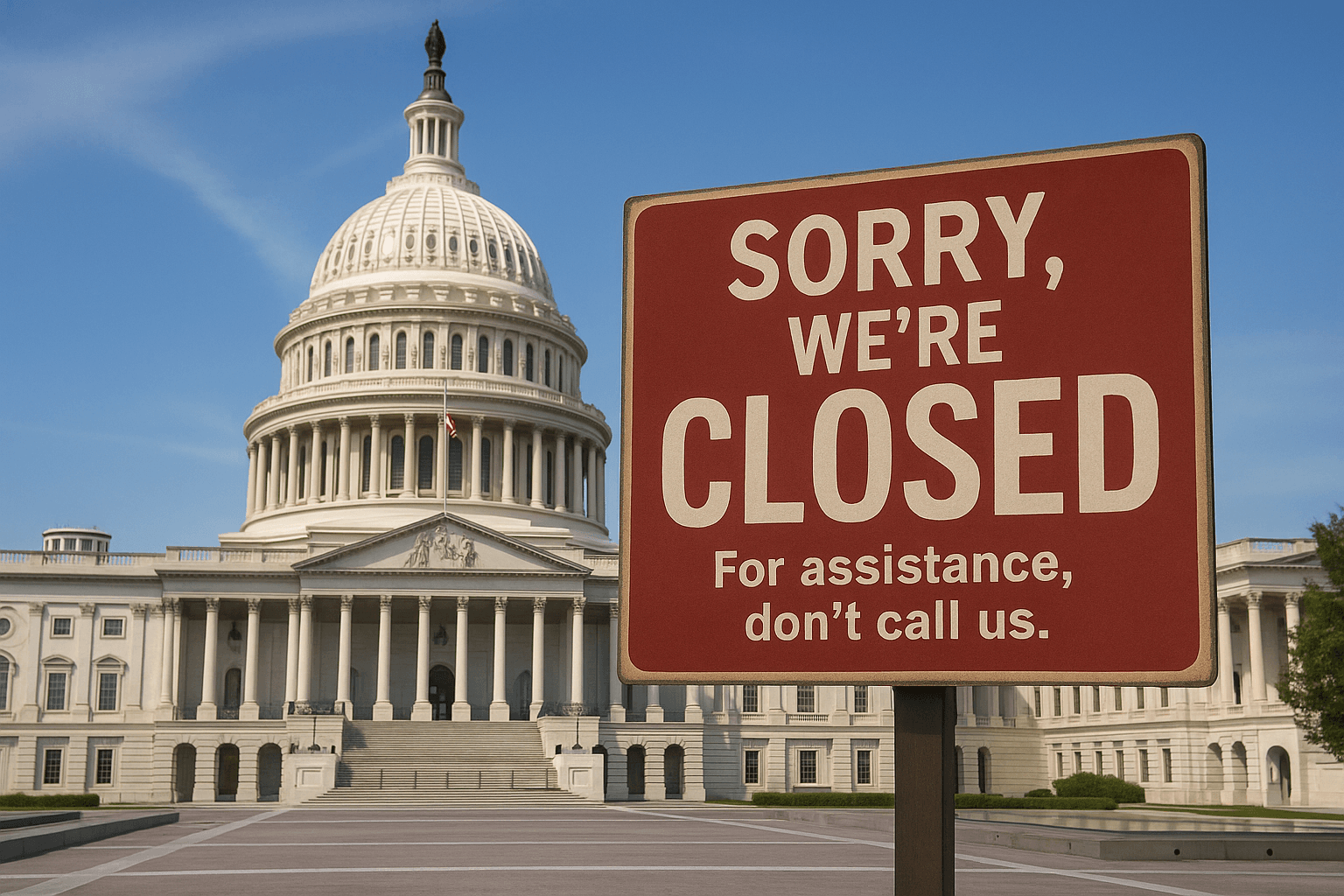New Yorkers Burdened by 'Ins' and 'Outs' of New Voting System

When the federal government passed the Help America Vote Act (HAVA) and forcibly transitioned New York from what most agree were reliable lever-based voting machines to the new, unexplored frontier of electronic balloting in 2010, the New York Board of Elections gave part-time Election Day poll workers many more new and different tasks that must be completed in order to properly administer elections.
New York City’s Board of Elections describes the new voting system to the public on a website specifically dedicated to explaining it:
In compliance with federal and state law, New York City voters now vote using a paper ballot. They mark their choices on a paper ballot using a pen or ballot marking device, and insert their marked ballot into a scanner. The scanner then tabulates the votes after the polls close on Election Day. This poll site voting system provides a verifiable paper record and allows all voters, including voters with disabilities, to vote privately and independently at their poll site. 1
Though succinctly outlined, “Voting The New Way” is actually much more complicated for voters. “Out” were the lever-operated machines used for generations where the three-step process involved entering the voting booth at your election district table, flipping the levers to vote, and leaving the voting booth.
“In” was the new greater-than-three-step process spread out over three separate stations for voters to travel between: their designated Election District table to pick up the ballot, the rolling privacy kiosks where voters fill out their ballots, and the scanner area where the voter deposits the ballot.“Out” was the giant ballot built into the machine with large text. “In” was the new ballot ripped from a paper pad with candidates’ names written in less than seven-point font.
The “New Way” is more complicated for Election Day poll workers as well.
“In” are new types of job descriptions: along with the inspectors at the Election District Tables, voters would be assisted by Privacy Booth / BMD (Ballot Marking Device) Inspectors who set up and man the privacy booth area where voters go to fill out their ballots, and Scanner Inspectors who ensure that the paper ballots filled out by voters in the privacy booth area are properly fed into scanners located in a separate area of the poll site.
Also “in” are a multitude of new tasks for Election Day poll workers contained in a significantly larger training manual.
The 2009 Poll Worker’s Manual (the last one issued for the lever-based voting machines) seems a light read at eighty-three pages when compared to the 2012 Poll Worker’s Manual’s 158 pages, which includes an expanded glossary of terms. Here’s a sample of some of the changes:
- Instead of following a five-step process of opening the polls found on three pages in the 2009 manual, workers now have to complete a total of seventy-three steps scattered throughout three sections and fifteen pages before the polls can be opened, resulting in delayed access to the morning rush of voters.
- The numbers of ways things can run afoul while voting have also increased. The 2012 Manual outlines no less than thirty different “Special Situations” that may arise on Election Day that the Board of Elections expect its inspectors to be able to handle, compared to nine situations contemplated in 2009.
- To close the polls after an arduous fifteen-hour workday, weary Election Day workers must complete a checklist of anywhere between eighty-five to one hundred steps depending on what went wrong during the day, compared to the easier six-step closing procedure with the lever machines.
- Instead of reading the counter off of one lever machine per Election District, inspectors must cobble together results from the readouts of multiple scanners. As part of the one hundred-step procedure discussed earlier, Scanner Inspectors print two copies of the election night tallies on long pieces of ticker tape from each scanner used. One long strip is posted in a designated area for poll watchers to examine, while the other is given to the ED/AD Table Inspectors, who cut them into fragments by election district, enter the data on paper sheets by hand, and add up the votes on all the snippets of paper for each race from each scanner. Those papers are then sent under lock and key to police stations to be manually entered into computers by a bipartisan team of workers.
Voters and BOE officials were so skittish about the administration of the 2013 elections in New York City that state officials allowed the lever machines to come out of mothballs for the September primaries – a sure sign that “Voting the New Way” has many New Yorkers longing for the good ol’ days.
Photo Credit: meunierd / Shutterstock.com



